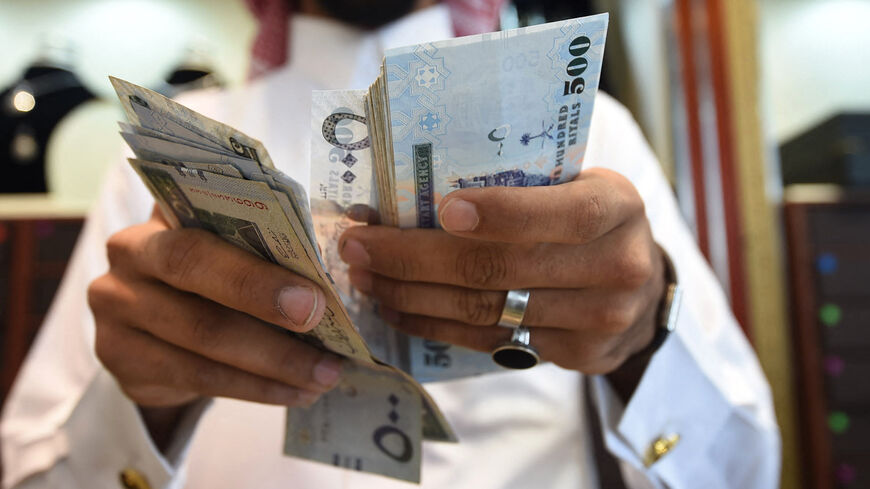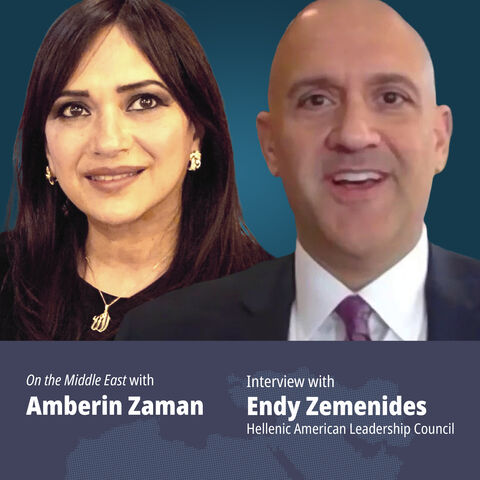DUBAI — The central bank interest rate for borrowing in Saudi Arabia rose to a record high in July, Bloomberg reported on Tuesday, which will make it more difficult for businesses to borrow money and could offset the kingdom’s goal of attracting foreign firms.
The Saudi Arabian Interbank Offered Rate (SAIBOR) — the interest rate at which contributing banks can borrow funds — climbed above an average of 6% in July, Bloomberg reported on Tuesday. This is higher than the rate during the global financial crisis in 2008, which was below a 1% average in February 2022.
The change can be attributed to ongoing oil production cuts that raised the price of oil in the global market. In addition, the United States Federal Reserve hiked interest rates last week with the aim of lowering inflation.
SAIBOR is published by the Saudi Central Bank, better known as SAMA, which followed the US Federal Reserve last week along with other Gulf banks in raising its key rates by 0.25%. Although Saudi inflation has been well below that of the United States, reported Bloomberg, the kingdom follows the American Federal Reserve closely, with the Saudi riyal being pegged to the US dollar since 1986.
According to London-based Capital Economics, fewer businesses in Saudi Arabia are able to borrow — one result is that lower deposit inflows could contribute to the kingdom's already poor liquidity and ability to issue loans, Reuters reported in June. The economic research agency added that SAMA may need to inject liquidity into the banking sector as it did last year to remedy the record rate in 2023 and support credit growth.
A projected increase in global demand for oil bodes well for the kingdom. According to Goldman Sachs Group in late July, global oil demand climbed to an all-time high of 102.8 million barrels per day (bpd) in July, and the second half of the year is set to see a larger-than-expected 1.8 million bpd deficit and a 0.6 million bpd deficit in 2024.
However, the International Monetary Fund gave Saudi Arabia a major downgrade in growth projections last week, decreasing its economic growth forecast from 8.7% last year to 1.9% in 2023 in its World Economic Outlook report. However, the IMF said private investments continue to support the kingdom's non-oil GDP growth.
The record-high increase in Saudi Arabia's SAIBOR and the expected economic slowdown could pose a challenge for businesses looking to take out loans and operate in the country.
Although the kingdom saw its foreign direct investment inflow drop by 59% in 2022 compared to 2021, Saudi Arabia is eager to bring in more foreign business and funds, especially as it looks to diversify its economy under its national strategy, Vision 2030. For instance, the country set up four economic zones in April of this year that offer local and international investors incentives and bring in business to all corners of the country from Jazan in the southwest to Ras Al Khair in the northeast.
The largest economy in the Arab world is also trying to pry businesses and their senior management away from their established hubs in Abu Dhabi and especially Dubai, as reported in an Al-Monitor PRO Memo by senior market research analyst Samuel Wendel in February. In 2021, Saudi Arabia issued an ultimatum to international companies to either move their regional headquarters to the kingdom or no longer be eligible for government contracts starting in 2024.


f0eb.jpg)





